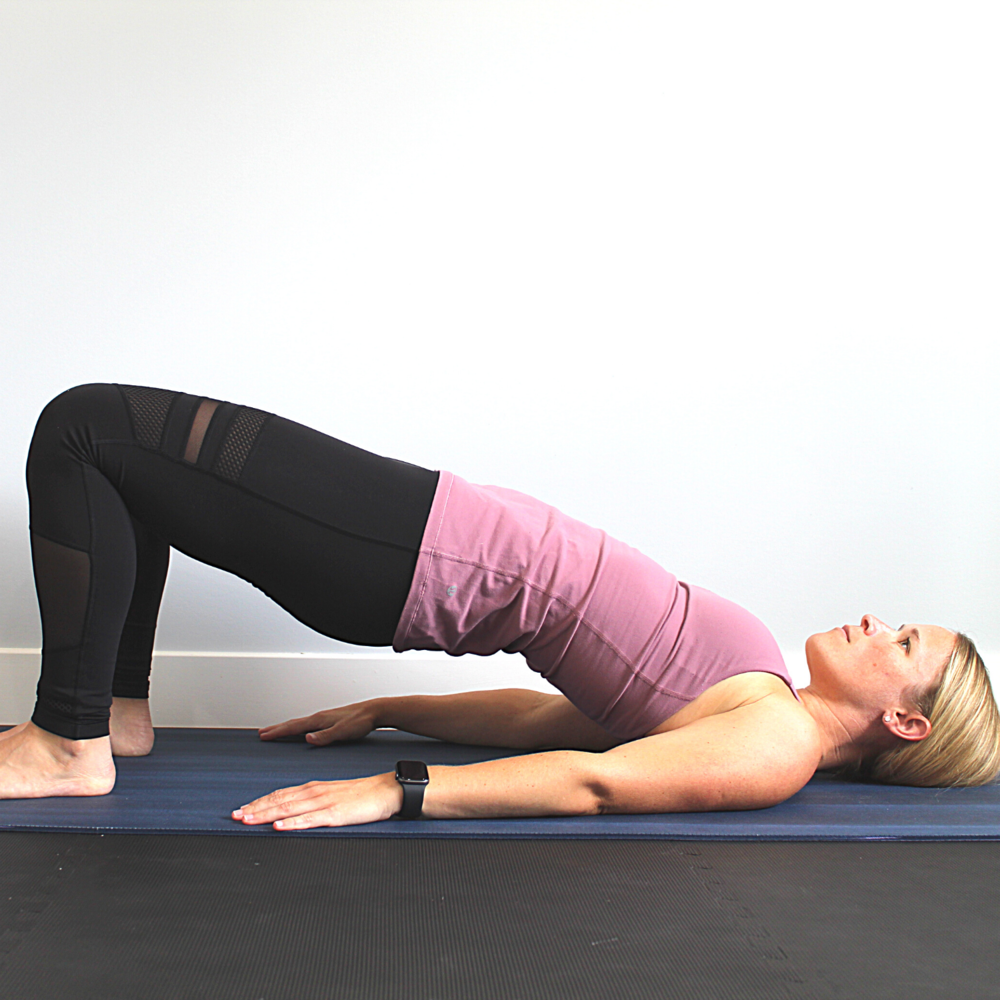Are you struggling with the side effects of pelvic floor dysfunction (PFD)? You’re not alone, given that one in three women will experience pelvic floor disorder in her lifetime (source).
Thankfully, it is absolutely possible to treat and manage the side effects of pelvic floor dysfunction, including pelvic pain. Treating this condition requires a holistic approach that includes becoming more aware of your pelvic floor, your breathing, and what your body needs.
It’s absolutely possible to get relief from PFD, even if you’ve seen multiple healthcare providers to no long-lasting avail. So let’s jump in and learn how to get you to a state of better pelvic health!
Side Effects of PFD
Pelvic floor dysfunction is a condition where you are unable to properly use and relax the muscles of the pelvic floor. This can lead to pelvic floor prolapse, where pelvic organs (like the bladder and bowels) drop into or out of your vagina or anus. It can also lead to issues with incontinence or peeing when you jump.
Specifically, if you are experiencing PFD, then you are likely to experience any or all of the follow symptoms:
- Low back, hip, foot, and/or pelvic pain
- Leaking, overactive bladder (OAB), and/or having to run to the bathroom frequently
- A feeling of pressure or heaviness in your abdomen
- Constipation
- Heartburn
- Belly pooch
- Recurrent urinary tract infections (UTIs)
In other words, PFD isn’t fun! And that’s why I’m here to tell you that it is possible to feel better again. Understanding your core is the road to getting there.
How To Treat PFD
It’s common for women to see a host of health care providers in an effort to treat their pelvic floor dysfunction—and of course, you should seek medical attention if you believe you may have this (or any other) condition.
That said, it’s common for women to seek out medical attention, and then come home and do all the exercises they’re prescribed. They might even rest for a few weeks, if told to do so.
And things might seem like they’re going well … until the pain comes back.
So again, while medical attention and exercises are important, it’s also equally important (if not more so) to understand how your pelvic floor is actually functioning.
Ultimately, if you have pelvic floor dysfunction, it’s because your pelvic floor muscles are too weak or too tight (this surprises many women, who assume weakness must always be the problem).
This is why resting alone is not going to fix your pelvic problems. Instead, you need to get to the root cause of the problem, which is changing your movement patterns to change how your pelvic floor operates.
It might sound simple and counterintuitive, but the best place to start to heal PFD is to focus on your breathing. Click here to learn more tips on how to breathe to support your pelvic floor.
Learning how to breathe properly is what is going to start you on your journey towards a pain-free pelvis. But you’re also going to want to learn how to both relax and contract your pelvic floor. These exercises will help you do just that:
And when you’re ready to move on to changing your movement patterns, check out this guide to better posture and breathing while exercising.
There are so many myths about the pelvic floor and core. Let’s not let one of them be that there’s nothing you can do about pelvic floor pain and dysfunction. We really are in the driver’s seat when it comes to our own bodies!
Finally, if you’re still having trouble with PFD, or you just want to ensure you’re doing the breathing and exercises correctly, check out my ReWire Pelvic Floor Playbook here! I’ve designed it specifically to help you relieve aches and pains, stop leaking, build functional core strength, and get back to all your favorite activities without limits. Namaste.






